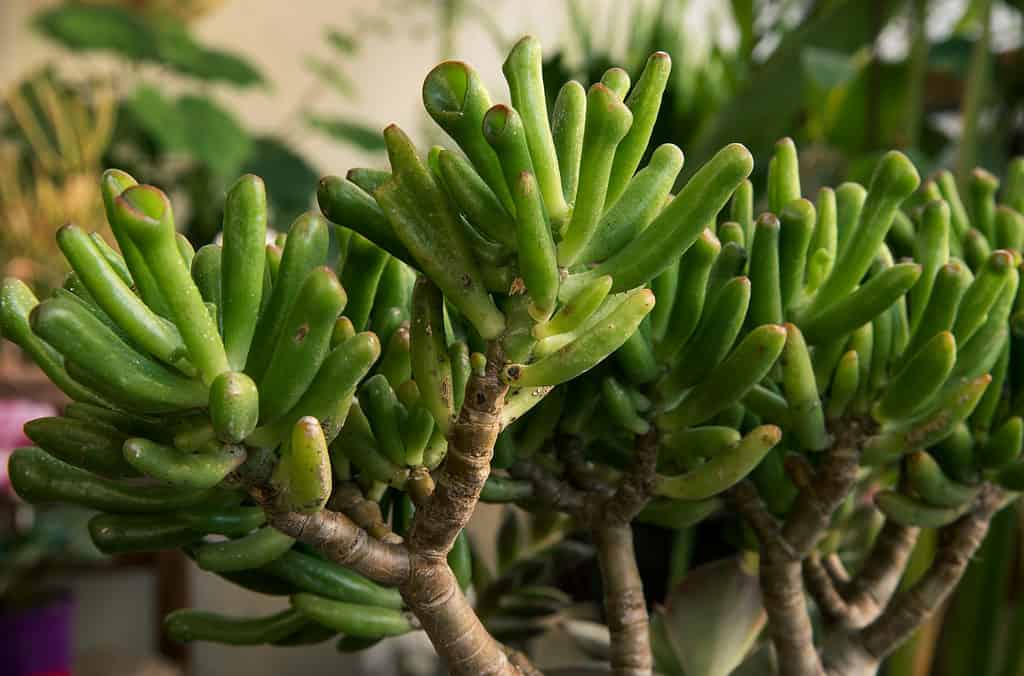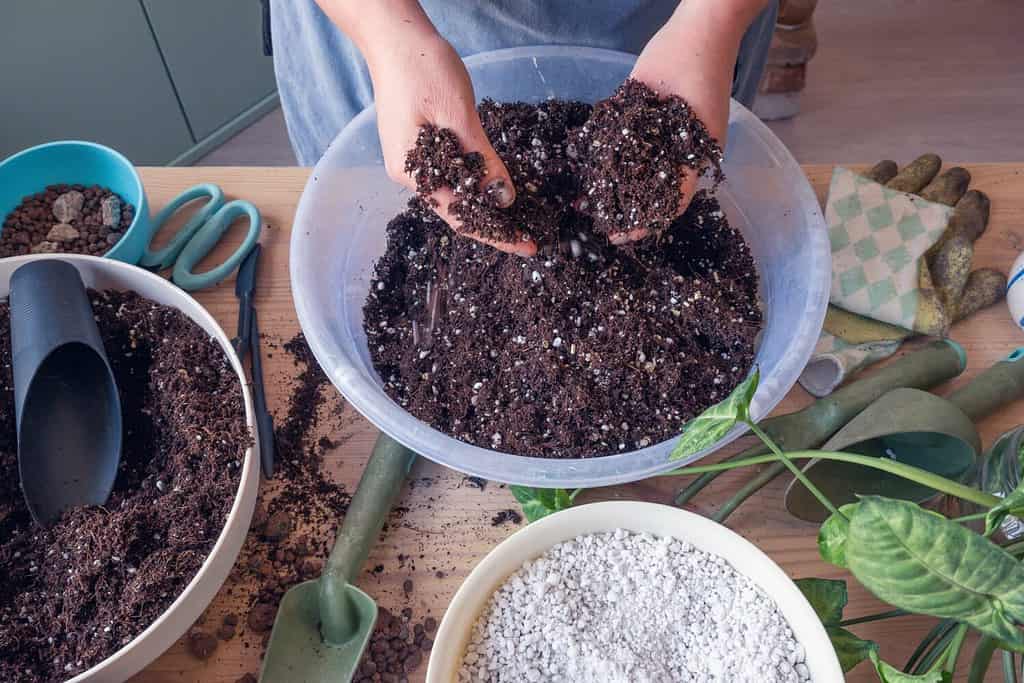Discover the Best Soil for Jade Plants: Top Mixes and 4 Critical Care Tips
Succulents are some of the most popular houseplants around the world. They can be found in fancy plant shops and home-improvement stores alike. Of their lovable traits, they are adorably unique, having prickles, spines, and on some occasions, even flowers!
One particularly awesome group of succulents is jade plants. Jade plants have thick succulent stems, with full and voluminous leaves that almost look like they are inflated with a bit of water. Succulents such as jades are relatively low-maintenance houseplants because they require (and even prefer) having less water as compared to other plants. Many people revere jade plants as a sign of good fortune, which is why they are a common gift to give around the world. They also do have some special care needs though, mostly in terms of the type of soil they are in.
Everyone has their tricks for creating the best soil for jade plants. Some tricks involve using specialized mixes, while others rely on setting your plants off with the correct components to tolerate water stress.
What Are Jade Plants?

©Gonzalo de Miceu/Shutterstock.com
Jade plants are unique, having extremely enlarged leaves, and trunks that appear plump and leathery. They sometimes can seem like the perfect hybrid between an alien animal and a plant!
Don’t get, confused with other plants that have similar features, as they are not considered to be cacti. Instead, they are considered to be succulents, which are a different group entirely. Jade plants are native to the Capetown region of South Africa. In their native habitat, they can grow as large as 10 feet tall, with huge limbs and leaves. They also fare decently well in captivity and have been known to live for tens to hundreds of years. When compared to their native appearance, most domestic jade plants don’t reach such staggering heights.
Just like other succulents, jade plants are drought-resistant and love sunlight. Thus, if you have a warm, sunny window, they fare well with occasional watering! Generally speaking, they are fairly easy to take care of, but they do have some basic requirements that must be met in terms of sunlight, water, and soil.
What Soil is Best for Jade Plants?
Just like other succulents, jade plants aren’t too fond of sitting in water. They do need some moisture to survive, but they are especially sensitive to excess water near their roots. They have many adaptations to deal with drought conditions. Although that is beneficial for them in their natural habitat, it doesn’t make them especially sensitive to flooding conditions (or even moderate moisture conditions).
To combat these challenges, we have to be especially careful in selecting and creating soil mixes for our jade plants. For the most part, looser soils, and more well-draining are best for jade plants. Anything that allows for water flow and aeration can help your jade plant to succeed. Including things such as sand, perlite, and vermiculite can all help to increase the quality of your succulent soil.
While there is no “singular best” soil for jade plants, there are a few options you can choose from for creating amazing soil!
Basic Budget Succulent Soil

©Cem Selvi/Shutterstock.com
One great option for creating a budget-friendly jade plant soil is by using regular potting soil as a base filler. On top of using potting soil, you can add in some more expensive materials such as perlite that make it more suitable for succulents.
One great recipe is:
- 3 parts potting soil
- 2 parts coarse grit sand
- 1 part perlite
After mixing your soil together, you can lightly pre-wet it so that it isn’t completely hydrophobic when you plant your jade plant. Make sure to let the soil dry out again slightly before planting so that your jade plant doesn’t take on too much water.









